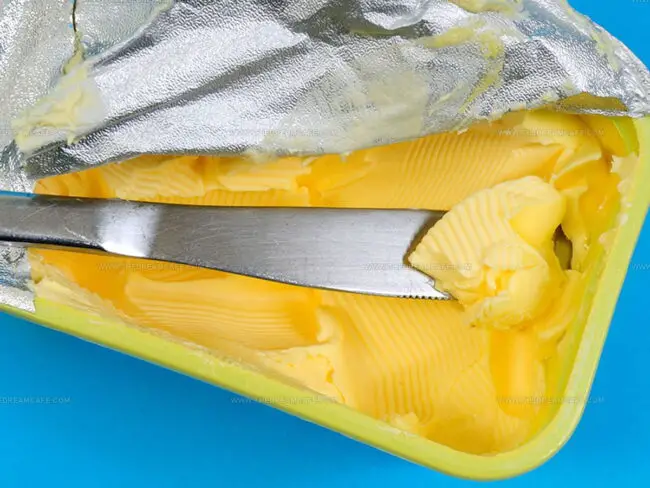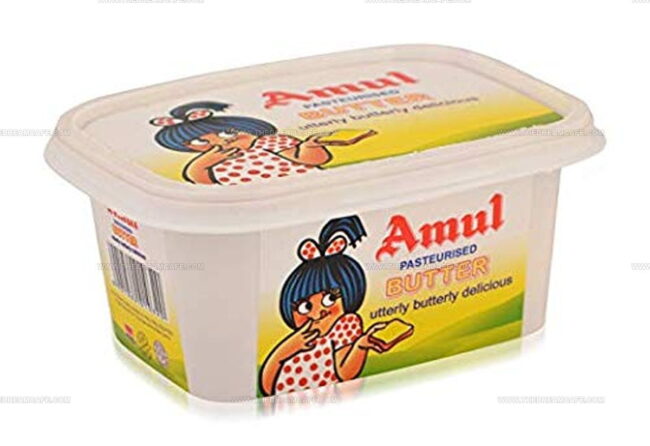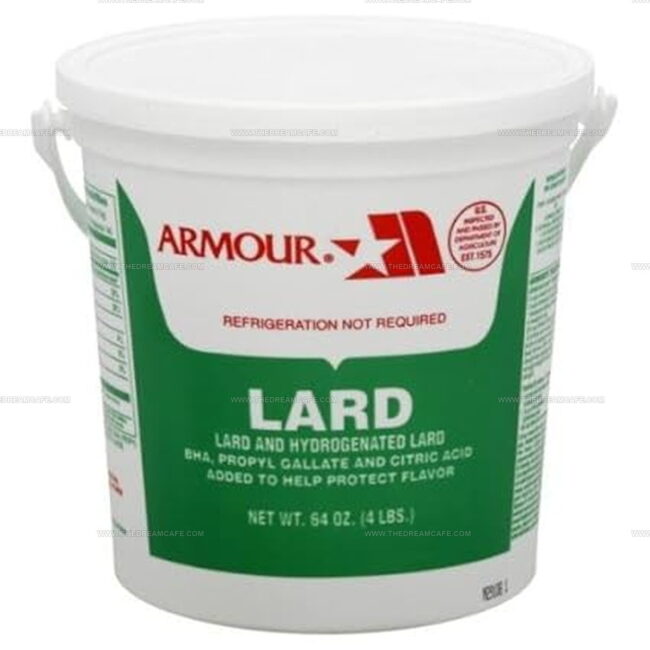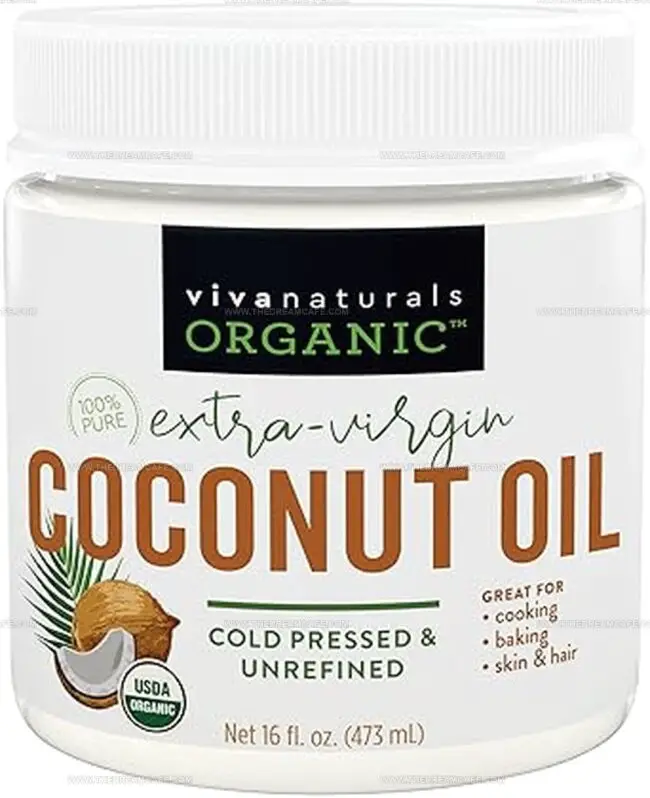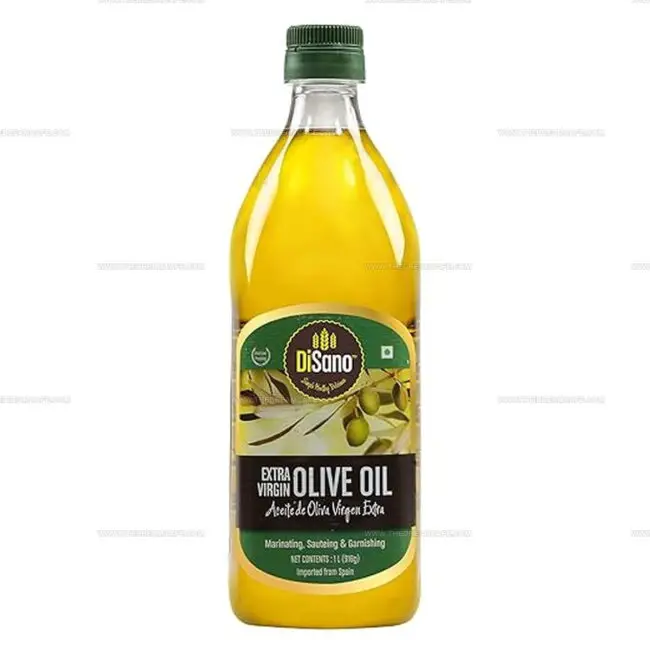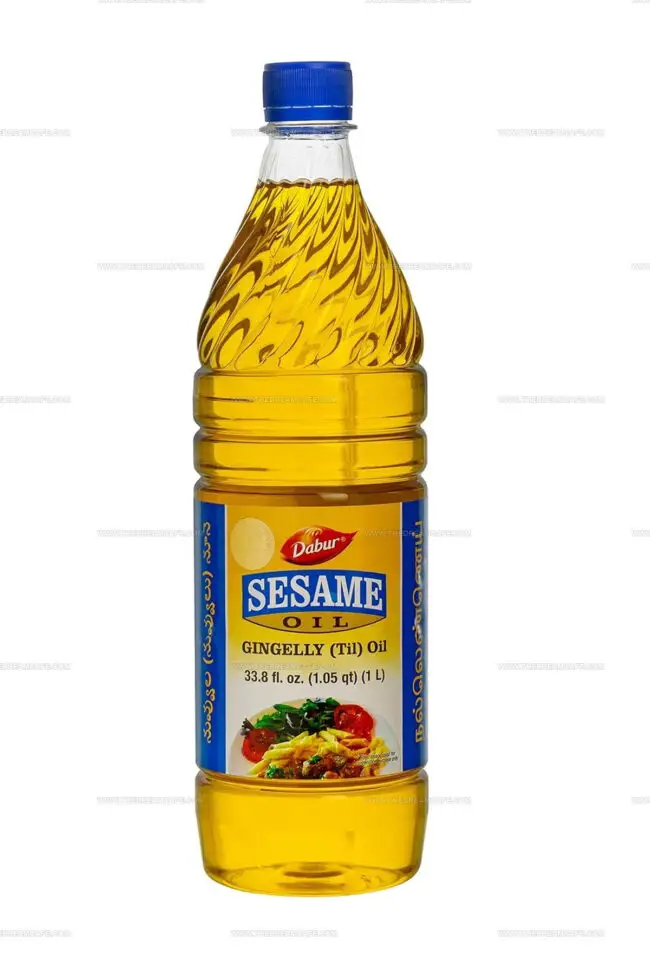11 Best Options to Replace Vegetable Shortening
Substitute for vegetable shorteners often becomes necessary when baking or cooking specific recipes that call for this ingredient.
Various replacements already in your kitchen can save you a last-minute store trip.
Some provide enhanced flavors while maintaining desired textures.
Others may offer improved nutritional value compared to conventional shortening.
Selecting the best option depends on your dish’s needs and desired outcome.
Each alternative carries unique characteristics that sometimes add exciting new dimensions to classic recipes.
Discover versatile swaps that might quickly become your favorites.
Why Vegetable Shortening Is Used in Baking and Cooking
Vegetable shortening is a popular fat in baking and cooking, chosen for its unique ability to create tender, flaky, and consistent results in all kinds of recipes.
Best Vegetable Shortener Substitutes
Running out of vegetable shortening happens. The nice thing is you can still get your baking done. Small changes can keep the recipe going.
Butter
Butter is the top substitute for vegetable shortening, bringing rich flavor and smooth texture to baked goods that other alternatives simply can't match.
The milk fat composition of butter, with minimal water content but higher saturated fats, makes it perfect for creating that melt-in-your-mouth quality everyone loves.
Replacing shortening with an equal amount of butter in recipes is straightforward and gives your cookies, cakes, and pastries a more complex taste profile that basic shortening lacks.
Many home bakers prefer this swap because the natural buttery notes enhance almost any recipe without requiring special techniques or adjustments.
Lard
Lard is an excellent substitute for shortening in many recipes if you're comfortable using animal products.
Made from pork fat with minimal water content, this traditional ingredient works beautifully for deep-frying, baking, roasting, sautéing, and grilling a variety of foods.
Your biscuits, pies, cookies, bread, and savory dishes can develop richer flavors and textures when prepared with lard instead of vegetable shortening.
The straightforward one-to-one ratio makes substitution simple - just use one cup of lard for each cup of shortening called for in your recipe.
Margarine
Margarine is a popular substitute for vegetable shortening in various recipes, though important differences exist between these fats.
Since margarine contains less fat, proper substitution requires 1 cup plus two tablespoons to replace 1 cup of shortening in your recipes.
Many bakers choose margarine for cakes, cookies, and bread because of its familiar taste and widespread availability.
For best results, select margarine with 80 percent fat content when making this swap in your favorite baked goods.
Low-fat versions should be avoided as they can leave your treats disappointingly flat and change their texture significantly.
Coconut Oil
Coconut oil is an excellent substitute for vegetable shortening if you enjoy its distinct flavor in your cooking.
At room temperature, this solid oil contains high fat content, making it perfect for various culinary applications.
Many bakers prefer it in cookies, pies, and cakes because it creates light, flaky textures similar to shortening.
The simple one-to-one replacement ratio makes switching incredibly easy - just use exactly the same amount of coconut oil as the shortening called for in your recipe.
Some health-conscious cooks even favor coconut oil because it contains medium-chain fatty acids rather than the trans fats found in many commercial shortenings.
Olive Oil
Olive oil is a popular cooking option due to its distinctive flavor and silky texture that enhances countless dishes from pasta to salads.
Many home cooks appreciate its heart-healthy fats, which can help improve cholesterol levels when used regularly in meals.
You can easily swap olive oil for vegetable shortening in baking recipes using a simple 1:1 ratio, though the robust flavor may affect the taste of delicate desserts.
This golden liquid comes packed with beneficial antioxidants, vitamins, and minerals that support overall health beyond just culinary enjoyment.
Palm Oil
Palm oil is a versatile cooking option derived from oil palm tree fruits, offering a rich savory and earthy flavor profile with high fat content.
Home cooks and chefs appreciate its impressive smoke point, making it perfect for frying, sauteing, and baking without burning.
When used in baked goods, palm oil creates that desirable combination of creaminess and crispiness while adding subtle depth to the flavor.
Substituting palm oil for vegetable shortening is straightforward - just use equal amounts for similar results in your recipes.
Many health-conscious people choose this oil because it contains no trans fats and works well in both sweet and savory dishes.
Avocado Oil
Swapping your regular cooking oils for avocado oil brings remarkable health benefits thanks to its abundance of heart-friendly fats and powerful antioxidants similar to olive oil.
The high smoke point makes this versatile oil perfect for almost any cooking method - from frying crispy foods to roasting vegetables or baking your favorite treats.
Many home cooks appreciate how its subtle nutty flavor enhances dishes without overpowering other ingredients.
For anyone following recipes that call for vegetable shortening, avocado oil works as a straightforward one-to-one replacement that adds nutritional value.
Safflower Oil
Safflower oil stands out for its high smoke point and neutral flavor, making it an excellent substitute in many recipes that require intense heat.
Cooks prefer this heart-healthy option for baking, frying, and high-temperature cooking without altering the taste of their dishes.
The oil comes from pressed safflower seeds and contains beneficial unsaturated fatty acids that can help reduce cholesterol levels when used regularly.
In most recipes, substituting is straightforward - one cup of safflower oil perfectly replaces one cup of vegetable shortening.
Some chefs even find that safflower oil produces lighter, less greasy results in certain baked goods compared to other fats.
Sesame Oil
Sesame oil, a pale yellow liquid pressed from sesame seeds, offers a distinctive nutty flavor that enhances many dishes.
Its high melting point makes it perfect for cooking methods like frying, baking, and sautéing without breaking down.
Refined versions provide a milder taste compared to their unrefined counterparts, making them ideal for those who prefer subtler flavors in their meals.
Cooks can easily swap one cup of sesame oil for the same amount of vegetable shortening in recipes that call for it.
This versatile ingredient appears in cuisines worldwide, from Asian stir-fries to Middle Eastern tahini, adding both flavor and nutritional benefits wherever it's used.
Vegan Butter
Vegan butter offers a remarkable substitute for vegetable shortening thanks to its high fat content derived from olive, coconut, avocado, or palm kernel oils mixed with water.
The addition of colorings, flavors, salt, and emulsifiers gives this plant-based alternative its appealing taste and texture that closely mimics traditional shortening.
Many cooks appreciate that vegan butter can be used in equal measurements when replacing vegetable shortening in recipes.
These butter sticks need softening before use to achieve the best results in your baking projects.
The simple swap allows anyone following plant-based diets to enjoy all their favorite baked goods without compromising on flavor or texture.
Applesauce
Substituting applesauce for shortening in sweet baking recipes offers a healthier option while adding moisture and density to your treats.
The swap works best when you use half a cup of applesauce to replace one cup of shortening, resulting in baked goods with less fat but more natural sweetness.
Many bakers find this exchange particularly useful for muffins, quick breads, and some cookie recipes where the fruity undertone complements other flavors.
The texture might become slightly chewier rather than crisp, which can be perfect for certain desserts like brownies or spice cakes.
Your family will probably never notice the difference while enjoying these better-for-you versions of classic favorites.
Common Mistakes When Swapping Vegetable Shortening
Vegetable Shortening Swaps: Readers’ Most Common Questions
1. What can I use instead of vegetable shortening in baking?
You can substitute with butter, margarine, coconut oil, lard, or plant-based solid fats. Each option will slightly affect the texture and flavor.
2. Will swapping shortening for butter change my recipe?
Yes, butter adds flavor and moisture, but may create a softer or less flaky texture, especially in pastries and pie crusts.
3. Can I use coconut oil as a 1:1 replacement for shortening?
Yes, use solid coconut oil in a 1:1 ratio. Expect a mild coconut flavor and a slightly different texture in your baked goods.
4. Is lard a good substitute for vegetable shortening?
Lard is a classic baking fat and creates flaky results, especially in pie crusts. It will slightly change the flavor of your recipe.
5. Are there dairy-free or vegan shortening alternatives?
Yes, solid coconut oil and vegan butters are good plant-based substitutes for vegetable shortening in most recipes.
6. How does margarine compare to shortening in baked goods?
Margarine can replace shortening if it’s the stick variety, not the tub kind. Results may be a bit softer and less flaky.
7. Can I swap shortening in frosting and icings?
Yes, butter or vegan spreads work in place of shortening. The frosting may be softer and will have a richer flavor.

